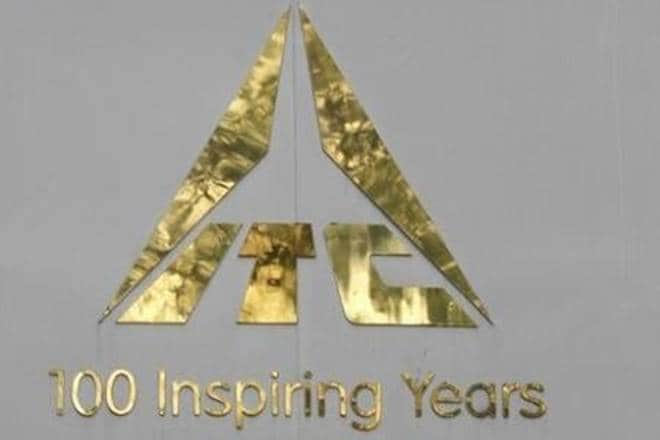The GST Council’s decision to allow refund of accumulated input tax credit (ITC) at the fabric stage could reduce fabric prices by 3-4% and ultimately help consumers, apart from improving competitiveness in the export market, senior industry executives said on Monday. The fabric segment often operates on a single-digit margin, so the relief is meaningful in the sense the move will enable it to pass on the benefits and generate higher sales, they added.
The average accumulation of credit (not allowed earlier) on this account for a powerloom in the last one year was around Rs 7,000, according to an industry estimate. The refund, however, will be allowed only with the prospective effect on the purchases made after the notification is issued, according to the GST Council decision.
Confederation of Indian Textile Industry (CITI) chairman Sanjay K Jain said: “It was the need of the hour as fabric sector is already facing a lot of difficulties while competing with its counterparts in international market.” Jain said while bringing all the textile goods under the GST net, the GST Council had put the entire cotton textile value chain under the 5% GST slab. But in the case of synthetics, the fibres were brought under the 18% GST slab, yarn under 12% and fabric under 5%.
While the accumulated input tax credit (ITCs) refunds were allowed on all output materials, only fabric was not allowed to take the refund of accumulated ITC. This caused inverted duty problem on fabric to the tune of 4% and seriously affected the global competitiveness of the power loom and hand loom sectors. The yarn sector was also forced to reduce the price to share the burden on the fabric.
The fabric sector plays an important role and also generates a sizeable employment opportunities —40 jobs on an investment of Rs 1 crore — which is more than any segment of the textile value chain. Jain further said that the rates cut on Chenille and other fabrics under heading 5801 and handloom dari to 5% from 12% is a big win for the textile manufacturers who were reeling under immense pressure. It would further boost employment in the powerloom sector, as about 40,000 textile workers have lost their jobs in last one year.
A Sakthivel, past president of Tirupur Exporters’ Association (the largest knitwear cluster of India), said: “The GST Council’s decision will surely help the sector to revive strongly and become competitive globally. Especially, the MSME sector will largely get benefited. The entire textile sector today feels proud as the move is the path-breaking reform which will be silverline in the history of the sector.”
Jain said that allowing quarterly filing of return for the small taxpayers having turnover below Rs 5 crore as an optional facility will ease out pressure on small businessmen/merchants and is expected to give big relief to about 93% of the over 10 million registered GST payers, from the complex procedures of filing monthly returns.
P Nataraj, chairman of Southern India Mills’ Association (SIMA) said, the decision in this regard would create a level playing field for the independent weaving units, powerloom units and handloom sector to remain competitive not only in the domestic market but also in the global market.

